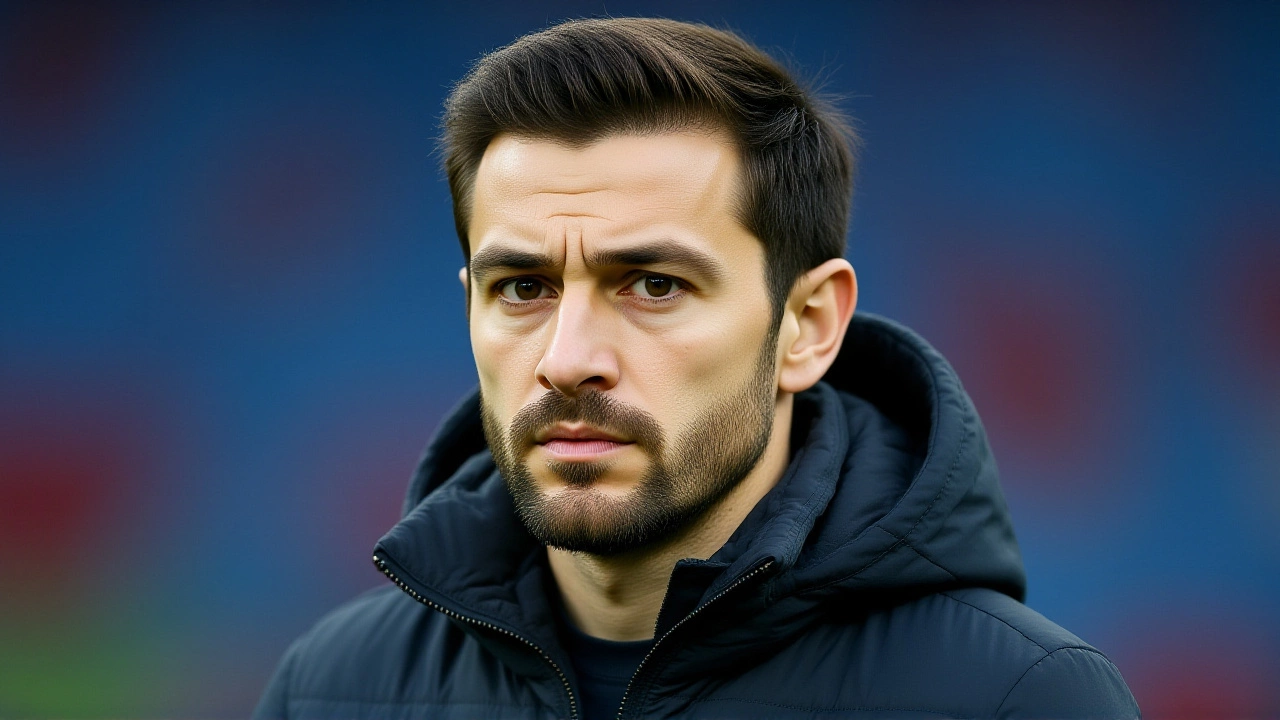Cardiac Arrest: What It Is and Why It Matters
When talking about Cardiac Arrest, a sudden loss of heart function that stops blood circulation to the brain and other vital organs. Also known as sudden cardiac arrest, it strikes without warning and demands immediate action.
Cardiac arrest encompasses the abrupt cessation of effective heartbeats, which requires rapid emergency response. It is closely linked to heart disease, any condition that damages the heart muscle or its electrical system, but it is not the same as a heart attack. While a heart attack (myocardial infarction) blocks blood flow to part of the heart, cardiac arrest shuts down the heart’s pumping action altogether. This distinction matters because the treatment paths differ: a heart attack may be addressed with medication or surgery, whereas cardiac arrest demands immediate CPR and defibrillation.
Key Concepts to Know
One of the most effective ways to counter cardiac arrest is CPR, cardiopulmonary resuscitation, a combination of chest compressions and rescue breaths that manually circulates blood. CPR influences survival odds dramatically; every minute without it reduces the chance of a full recovery by about 10 %. Another critical tool is the defibrillator, an electrical device that delivers a shock to restore a normal heart rhythm. Defibrillators affect outcomes especially when used within the first three minutes of collapse. Both CPR and defibrillation require trained bystanders or first responders, underscoring the importance of community training programs.
Understanding the risk factors helps you spot potential emergencies before they happen. Common contributors include coronary artery disease, previous heart attacks, high blood pressure, and lifestyle choices such as smoking or sedentary habits. Symptoms that often precede cardiac arrest—though they can be subtle—are chest discomfort, shortness of breath, fainting, or unexplained fatigue. Recognizing these warning signs enables quicker activation of emergency services, which can buy precious time for life‑saving measures.
Below you’ll find a curated collection of stories, analyses, and practical guides that dive deeper into these topics. From real‑world case studies of emergency response to step‑by‑step instructions on performing CPR, the posts are organized to give you both the big picture and the nitty‑gritty details you need to act confidently when seconds count.

Tom Lockyer recovers from a cardiac arrest and ankle injury, yet faces an uncertain club future while leading a life‑saving CPR campaign with the British Heart Foundation.
Read More